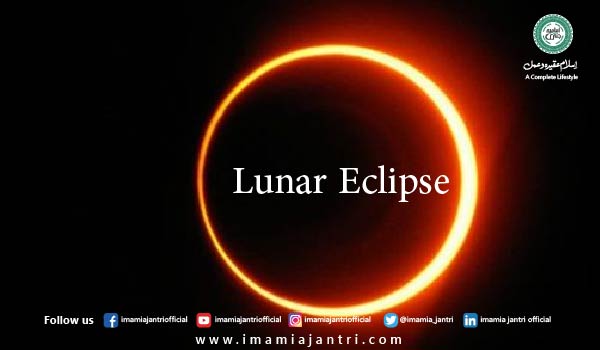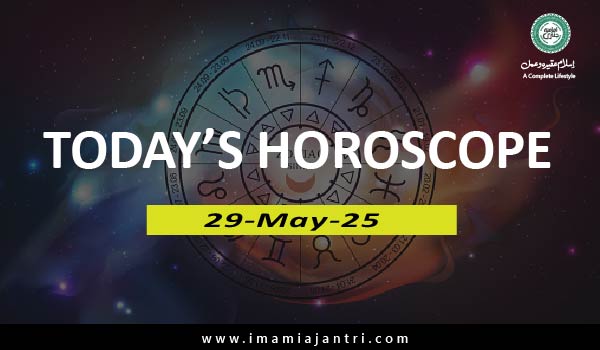Lunar Eclipse 2023: An Astronomical Marvel Worth Observing
Lunar eclipses are celestial occurrences that never fail to captivate the imagination of both astronomers and stargazing enthusiasts. These mesmerizing events transpire when the Earth positions itself directly between the Sun and the Moon, casting its shadow upon the lunar surface. In this comprehensive guide, we will delve into the spellbinding realm of lunar eclipses, focusing primarily on the highly-anticipated lunar eclipse of 2023.
Varieties of Lunar Eclipses
Lunar eclipses manifest in two distinct forms:
Partial Lunar Eclipse
During a partial lunar eclipse, only a segment of the Moon becomes veiled by the Earth's shadow, creating a breathtaking and dramatic celestial spectacle.
Total Lunar Eclipse
In a total lunar eclipse, the entire Moon journeys through the Earth's shadow, resulting in its iconic reddish appearance, often referred to as the "Blood Moon." This extraordinary phenomenon occurs when the Earth, the Sun, and the Moon align perfectly.
The Science Behind Lunar Eclipses
Lunar eclipses occur as a consequence of the precise alignment of the Earth, Moon, and Sun. When the Earth moves in between the Sun and the Moon, it casts a shadow onto the lunar surface, but this can only happen during a full moon.
The Awaited Lunar Eclipse of 2023
One of the most eagerly anticipated celestial events is the upcoming lunar eclipse in 2023. Scheduled to grace our night sky on 28th October 2023, this eclipse promises to be a visual feast for stargazers worldwide. It is anticipated to be a total lunar eclipse, making it a must-see spectacle for all astronomy enthusiasts.
When and Where to Observe the Lunar Eclipse
The 2023 lunar eclipse will be visible from specific locations or regions during the time of the eclipse. To ensure the most vivid and unobstructed view, consider positioning yourself away from the bright city lights, which will enhance the clarity of the spectacle.
The Phases of a Lunar Eclipse
A lunar eclipse unfolds in two primary phases: the penumbral and umbral stages. In the penumbral phase, the Moon enters the outer fringe of the Earth's shadow, known as the penumbra. This phase is subtle and might require keen observation. As the Moon advances, it enters the umbral phase, where the Earth's shadow imparts a distinctive reddish tint to the lunar surface.
Lunar Eclipse Phases
A lunar eclipse comprises several stages, including the partial phase and the total phase. These phases occur as the Moon traverses the Earth's shadow, leading to a gradual and spectacular transformation.
Myths and Legends Surrounding Lunar Eclipses
Throughout history, lunar eclipses have been entwined with various myths and superstitions. Different cultures have assigned diverse meanings to these celestial events, frequently associating them with omens, prophecies, or significant occurrences.
The Scientific Value of Lunar Eclipses
For astronomers, lunar eclipses offer invaluable opportunities to scrutinize the Earth's atmosphere. When the Moon is enveloped in the Earth's shadow, it assists scientists in analyzing the composition and behaviour of our planet's atmosphere.
Photographing the Lunar Eclipse
Capturing the ethereal beauty of a lunar eclipse with your camera can be an immensely rewarding experience. To ensure that you capture the best shots, it's advisable to employ a tripod and a telephoto lens. Experiment with different exposure settings to achieve the most striking images.
Safely Observing a Lunar Eclipse
It is imperative to safeguard your eyes while observing a lunar eclipse. Utilizing appropriate eyewear, such as eclipse glasses, is crucial to protect your vision.
Historical Lunar Eclipses
Throughout history, a multitude of lunar eclipses have been meticulously documented. These events have often been chronicled in ancient texts, with their significance noted by various civilizations.
Cultural Significance of Lunar Eclipses
Lunar eclipses hold profound cultural significance in many societies. They are frequently celebrated or commemorated with rituals and ceremonies, underscoring the deep connection between humanity and the cosmos.
Lunar Eclipse vs. Solar Eclipse
Lunar and solar eclipses are two awe-inspiring celestial phenomena, each distinct in its own right. While lunar eclipses involve the Earth casting a shadow on the Moon, solar eclipses occur when the Moon positions itself between the Earth and the Sun, momentarily obscuring the Sun's radiant light.
In Conclusion: The Enchantment of Lunar Eclipses
Lunar eclipses are not merely scientifically captivating but also possess cultural and historical significance. They offer a distinctive opportunity to forge a connection with the cosmos and marvel at the splendour of our vast universe.
Frequently Asked Questions About Lunar Eclipses
What causes the reddish hue during a total lunar eclipse?
The reddish hue, often referred to as the "Blood Moon," results from Earth's atmosphere scattering sunlight. Only the longer wavelengths of light, such as red and orange, reach and illuminate the Moon.
How often do lunar eclipses occur?
Lunar eclipses transpire a few times each year, but their visibility varies based on location.
Can we see the Moon's eclipse with the naked eye?
Yes, lunar eclipses are safe to observe with the naked eye, and they do not necessitate protective eyewear like solar eclipses.
Are lunar eclipses considered bad omens in any culture?
While some cultures historically associated lunar eclipses with negative omens, modern science has dispelled such beliefs.
Prepare yourself for the celestial grandeur of the 2023 lunar eclipse. Mark your calendar and seek out the perfect vantage point to relish this awe-inspiring event. To stay informed about forthcoming astronomical marvels, visit Imamia Jantri 2023 .








